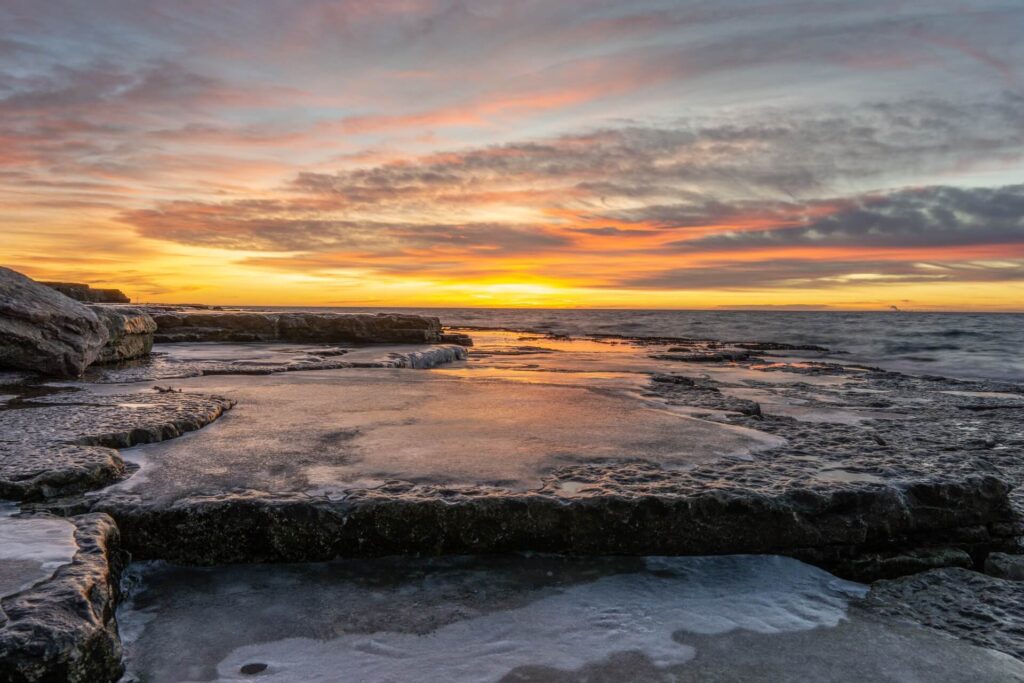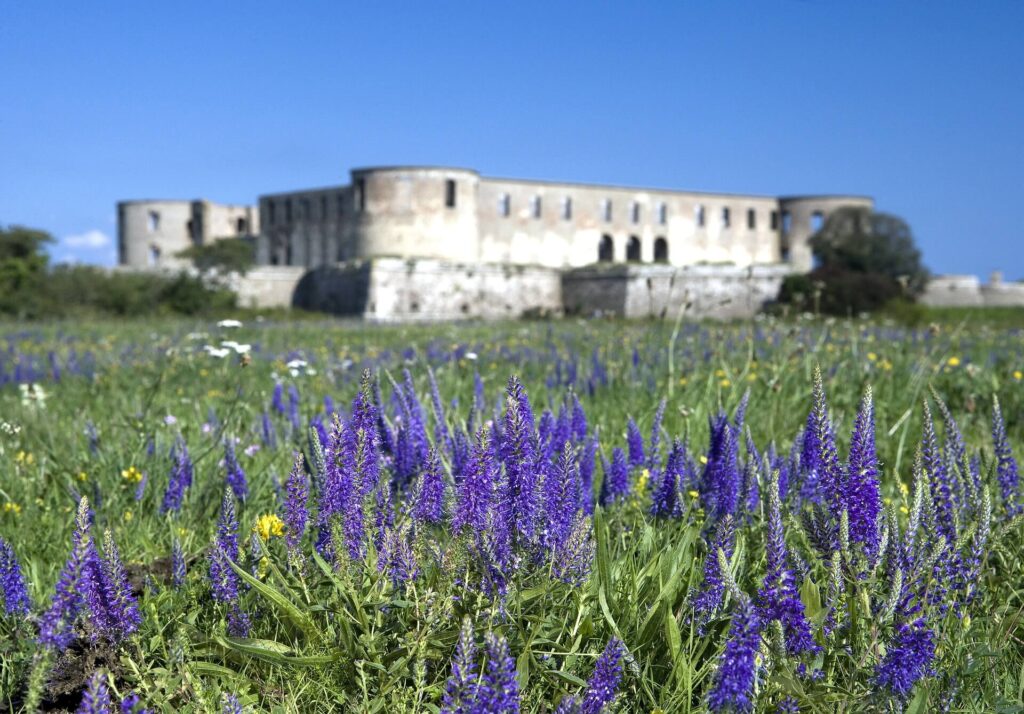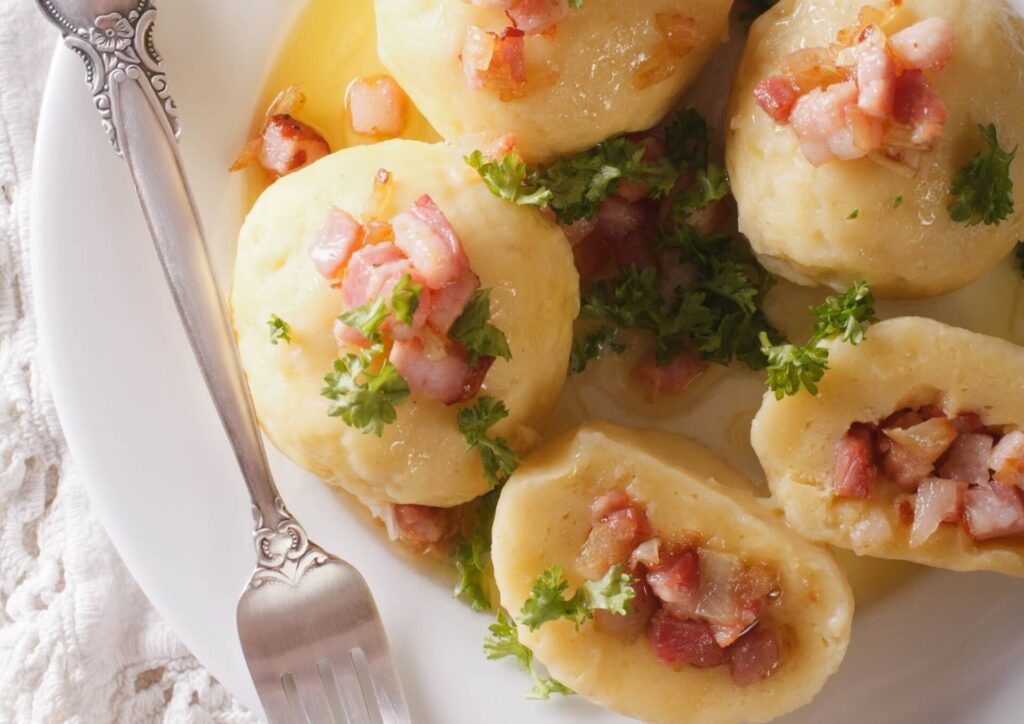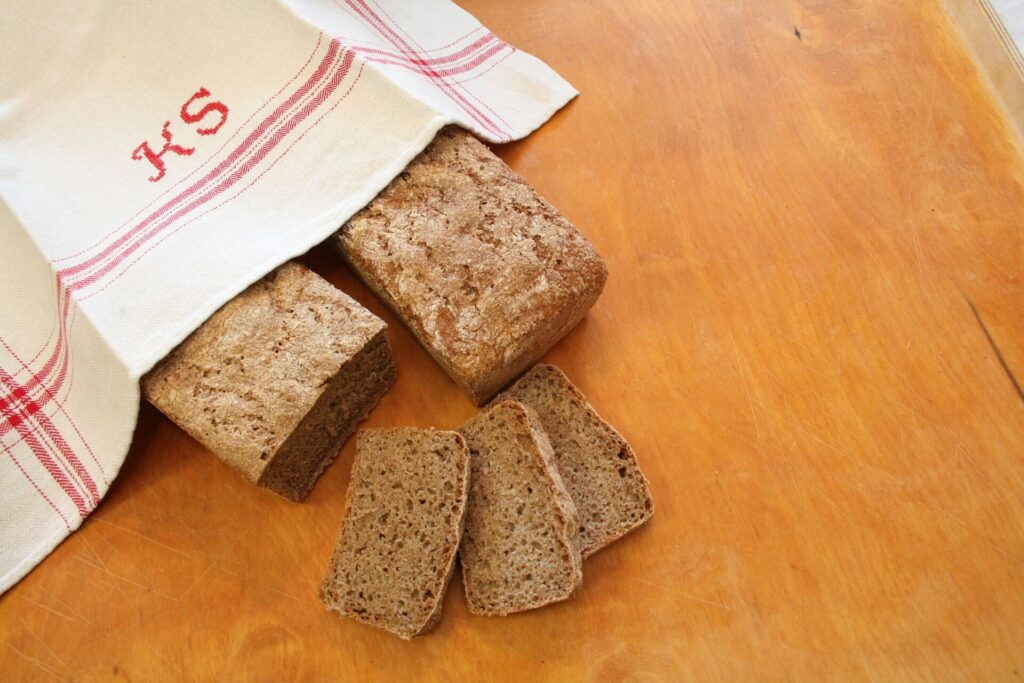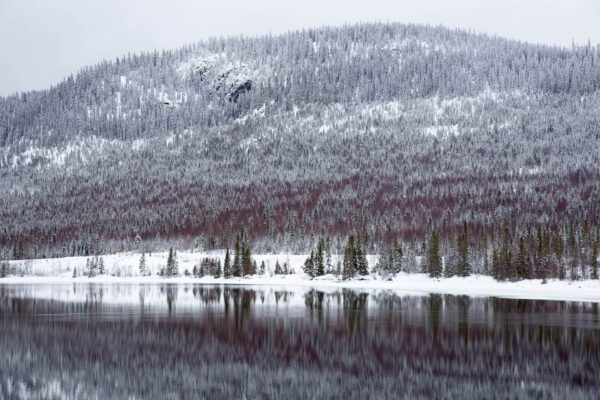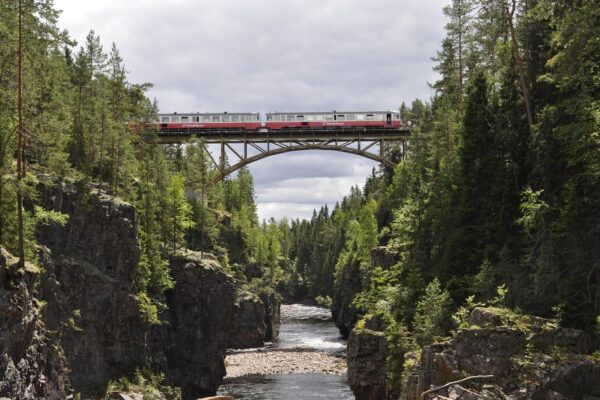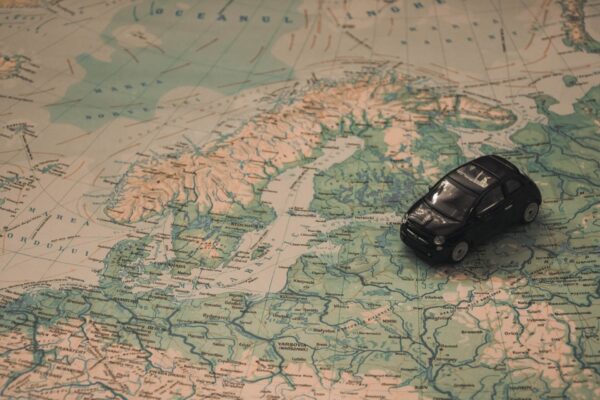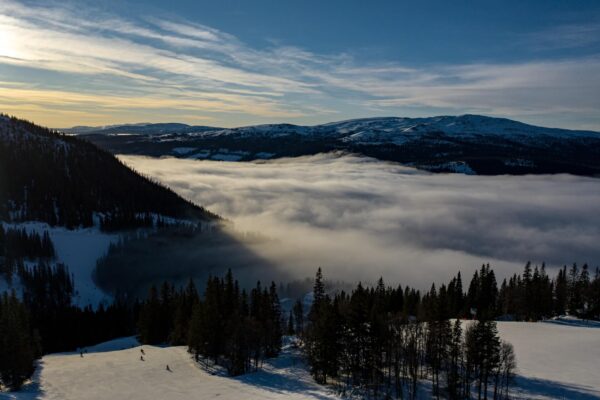Sweden’s second largest island, Öland, is located just over six kilometres from the Swedish mainland, but offers a completely different nature and landscape to the rest of the country – no wonder the Swedish royal family spends their summer holidays here. In addition to a large number of different nature reserves, Sweden’s smallest historical province is also home to a large number of cultural and historical relics.
Öland is the second largest island in Sweden after Gotland and at the same time the smallest historical province. The island lies in the Swedish Baltic Sea, is connected to the city of Kalmar via the Öland Bridge and has not only a unique natural environment, but also a rich cultural heritage.
| Part of the country | Götaland (Southern Sweden) |
|---|---|
| Area | 1,347 km² |
| Inhabitants | 26,000 |
Nature experiences on Öland
Öland is long and narrow – and yet offers space for 75 nature reserves that are home to the island’s flora and fauna, including a wide variety of bird and flower species. What is special about the areas is that they are very different due to the different conditions on the island. There are a large number of wetlands and moors, but also dense forests, steppe and heathland landscapes, and of course coastlines with beaches and the like.
The Unesco World Heritage Agricultural Landscape of Southern Öland is located in the south of the island and includes an area that is mainly filled with fields and pastureland. Part of the landscape lies on a special type of heathland known as alvar. Here, a thin layer of soil lies on calcareous subsoil, which is why no trees or crops can grow. However, the unique atmosphere and flora make the area well worth a visit, for example by bike or on a hike.
Two nature reserves worth seeing are located in the far north and far south of the island. In the north you will find the “Trollskogen” area, which is filled with gnarled oaks and pines. There is also a rattling stone beach. To the south is the Ottenby area, which is not only home to a lighthouse, but also a variety of birds and a game reserve with deer.
The best way to get around flat Öland is on foot or by bike. There are numerous hiking and cycling trails that make it easy to explore the island. The coasts and beaches are popular destinations for windsurfers and kitesurfers due to the constant breeze. Camping is also very popular on Öland, preferably with your own caravan or motorhome. You can find more information in the article on camping in Sweden.
Cultural sights on Öland: castles, windmills and more
Öland’s rich cultural heritage is reflected in a number of relics and sights that can be found on the island. Above all, castle ruins, castles and windmills bear witness to the Baltic island’s past, but medieval farms and prehistoric rune stones also bring visitors closer to Öland’s exciting cultural history.
The most famous castle ruin on the island is probably Borgholm Castle, which is located near the town of the same name on the west coast. The castle was built in the 12th century from a fortified tower and gained importance as a defence against the Danes. In 1806, the castle burnt down completely, with only the walls surviving the fire. Today, the castle ruins house an exhibition on the historical background, and concerts and festivals are held here in summer.
Solliden Castle, which is not far from Borgholm Castle, is one of the remaining castles. The simple castle, built at the beginning of the 20th century, is the summer residence of the Swedish royal family, who spend their summer holidays on Öland. Although the interior of the castle cannot be visited, the impressive castle park is open to visitors. You can stroll through the Italian, English and Dutch Gardens.
Another cultural highlight is the UNESCO World Heritage Agricultural Landscape of Southern Öland. On 540 km2, over a third of the island, you can find many remnants of times long past, including ruins of villages and stone walls – the area has been inhabited for around 5000 years. If you are interested in more recent history, you can go in search of the numerous windmills: Around 400 of the original 2000 or so are still standing today.
Culinary specialities on Öland
Thanks to the mild climate, Öland has fertile soil, which means that most culinary specialities can be prepared from regional and local ingredients. These include, for example, various types of grain, fruit and vegetables. The best-known speciality is probably “Kroppkaka”, a potato dumpling filled with diced onions and bacon and served with cranberry jam.
